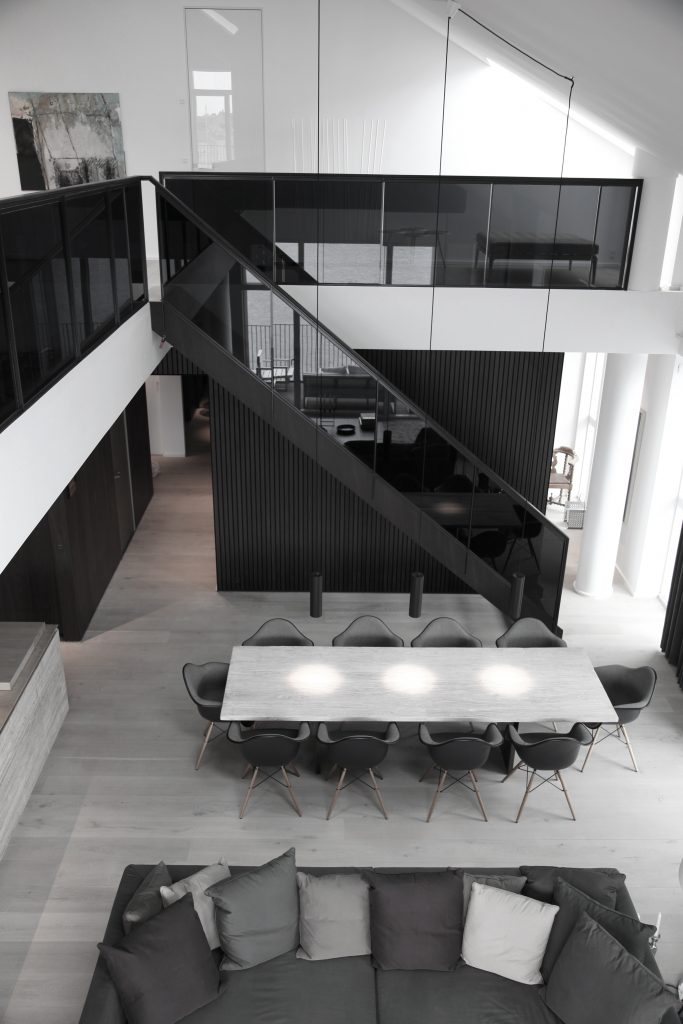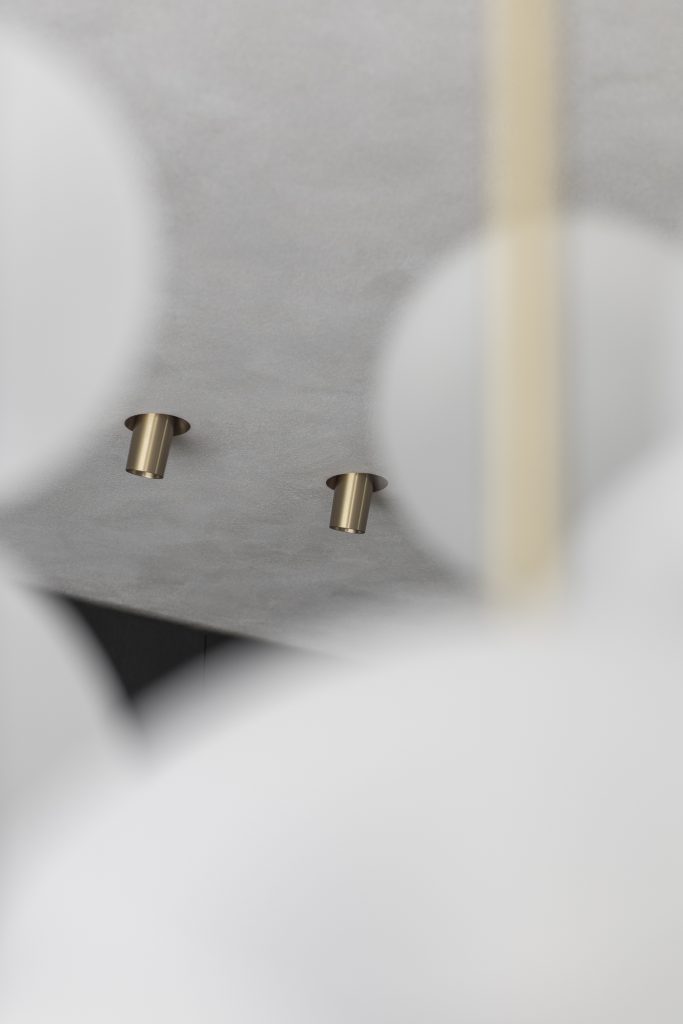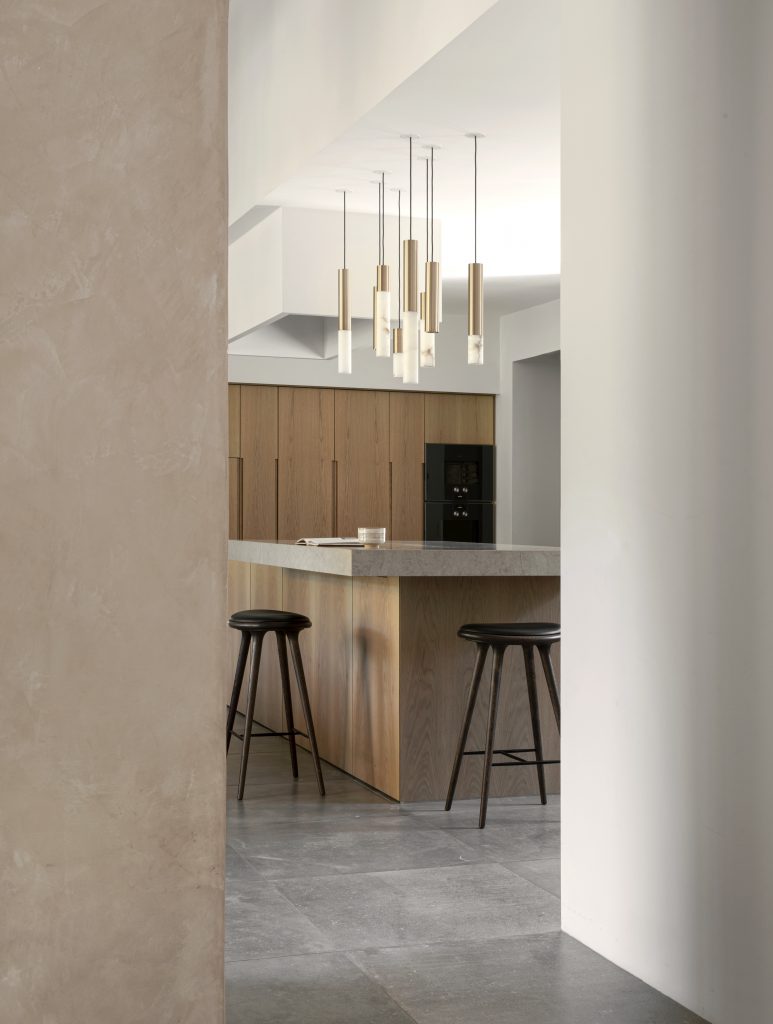The importance of lighting
Our most dominant sense as humans is sight. As a species, we have evolved a finely-tuned awareness of light levels around us and assigned them meanings. For instance, the warm afternoon sun at the terrace, the cosy table lamp at the cottage and the beautiful ambient light in the garden, are all connected to human emotion. Architecture invokes light to play on these emotions. Light has the ability to render the scale and mood of spaces, but also the ability to create functional places in which to live. This applies regardless of whether the place is a living room, bedroom, bathroom, kitchen or even outdoor areas such as the garden, pavilion and terrace. Even in small room, where we do not spend much time, such as the walk in closet or wine room, light has the ability to drastically change the atmosphere and functionality. On the other hand, an incorrect lighting plan can ruin the entire perception of a space. The space may have beautiful architectural features, furniture, artworks or sculptures, but if they are not illuminated correctly, they will not be presented as beautifully, as they truly are.
Lighting tailored to the individual space
A good lighting design is based on the needs of the individual space. For instance, a garage does not have the same requirements in terms of lighting as the kitchen, and the desired mood also differs. However, a good lighting design always balance the three primary types of light: ambient, task and accent regardless of the space.
Also, the beam angle of the lamps is an important factor when it comes to planning the lighting design of a private residential. Lamps with a wide beam angle are ideal for ambient lighting in almost any space, such as the living room, bathroom, bedroom, dining room, kitchen and entry hall.
However, if the beam angle is narrow, the purpose is to accentuate the details of specific decorative or architectural areas such as artwork, furniture or sculptures, rather than distributing the light throughout the entire space – which could be useful in a garden, terrace, pavilion etc.


Discreet and aesthetic architectural lamps
Another key element in terms of beautiful lighting design, is hiding the light source. Lighting emitting from an unseen vantage point emphasises architectural form and structure and adds mystery and depth to the space. Especially in small spaces such as the entry hall, walk in closet, basement or wine room. This type of lighting is called architectural lighting.
Architectural lamps are lamps that are a part of the geometry of architecture. The objective of architectural lamps is to illuminate a space correctly and accentuate decorative elements, architectural factors or materials.
Our STORM SYSTEM® is the perfect choice as a hidden and discreet lighting solution for the high-end private residential, as no cable, pipes or wires are visible. Instead, the ceiling will have an aesthetic, clean and minimalistic expression.
Exclusive decorative lamps for the private residence
However, concealed light sources are not always the ideal choice. It completely depends on the type of space and how the space is used, as well as the kind of atmosphere desired to be created. For instance, the kitchen island, dining room table or even the entry hall, are usually places where a beautiful and stunning chandelier or pendant is preferred rather than a hidden spot light. Here, decorative lamps are a more obvious choice.
Apart from offering a luminous effect, decorative lamps contribute to the aesthetics of the space. And apart from illuminating a certain area, such as the home office, living room or even the yacht, the objective of a decorative lamp is to beautify the space thanks to the shape and materials of the lamp.
At ONE A, we offer a wide variety of beautiful and exclusive decorative lamps, such as our SYSTEM 40, X-TENDABLE and ALU-BLAST collection. These lamps will enrich any space with a sense of luxury as well as projecting a soft, uniformly light without glaring.

